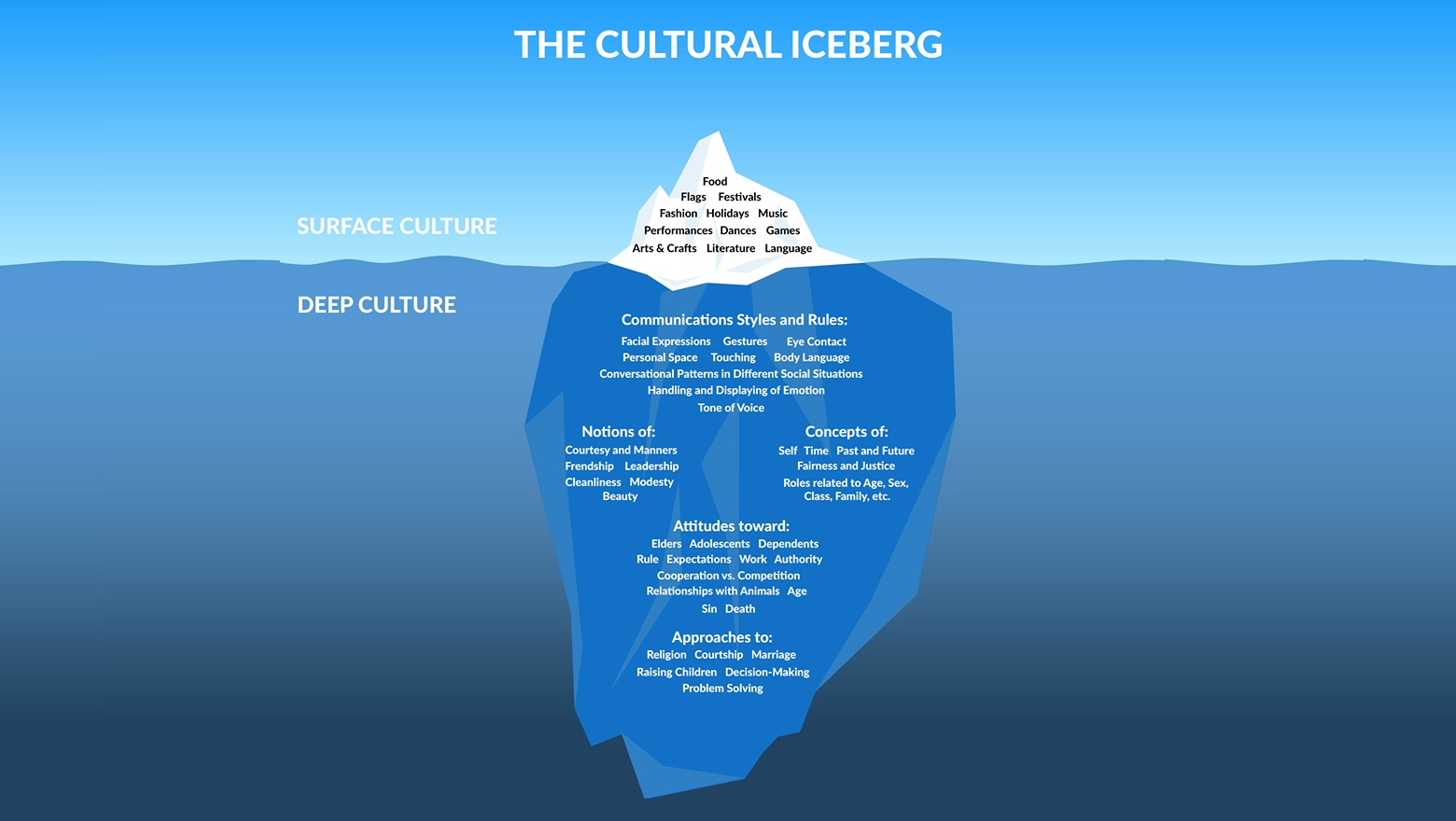One of the key elements to employee engagement is the need to create a company culture focused on business innovation and idea management. But what exactly is a ‘company culture’, and is it different from the other cultures we experience in our everyday lives?
A single company culture
There probably isn’t such a thing as a single company culture. You may be able to define the fundamental elements, but your culture will naturally evolve as changes happen in your business.
Consider, for example, how your business will have changed in the last 5 years, especially your employees. According to recruitment company Monster...
“...the UK average employee turnover rate is approximately 15% a year, although this varies drastically between industries. The highest levels of turnover are found in private sector organisations in retailing, catering, call centres, construction and media.”
- Monster
How many staff who contributed to your company culture have moved on since then? And have their replacements taken your culture on board, or have they changed it?
Seismic shifts in attitudes can happen in response to external events, such as Brexit, or internal changes such as a takeover or change of management. Company culture alters and shifts over time, in response to these changes.
A common viewpoint
It can be easy to assume that even if all employees share a company culture, they share the same viewpoints, attitudes, and concepts. However, this is just looking at the tip of the iceberg.
Understanding the cultural iceberg
The cultural iceberg illustrates the difference between a surface culture that’s about display, and the hidden deep culture based on:
- Communication styles and rules
- Notions and values
- Concepts and roles
- Attitudes
- Approaches
Cultural stereotypes
Understanding the depth of culture is a problem shared by almost all professions, including professional fiction writers! In a neat illustration of how culture runs deep, the Writer’s Circle ‘Cultural Iceberg’ graphic shows how writers can too easily resort to ‘travel guidebook’ stereotypes.

Bad writers focus on the obvious elements of national character such as food, language, or national dances and music.
But we all know that not every Italian male paddles a gondola, while eating pizza, drinking prosecco, and singing “O sole mio” to any passing pretty girl.
The same could be said of employees; they will not necessarily talk about the company culture in the same way. Their way of expressing it through their work will not be the same across the room, let alone across departments.
How we express our culture
The Cultural Iceberg diagram shows how culture is as much a matter of expression as defining elements. The diagram features five different areas of culture that managers need to consider:
- Communication styles and rules
- Notions of acceptable behaviour
- Concepts of fairness, timescales, family roles
- Attitudes towards authority and moral issues
- Approaches to major live events and decision-making
Any business owner who has done business abroad will be very aware of the differences in communication styles, from the etiquette of personal space to the nuances of polite conversation. Equally, they will be aware of the differences in attitudes to courtesy and manners, and will know to avoid contentious discussions.
In the workplace, such cultural differences may not be so apparent, but a homogenised viewpoint should never be assumed to exist.
Verbal vs. written expression
By considering the ‘hidden’ elements of the Cultural Iceberg before communicating, we can help ourselves and our employees have better, clearer online conversations.
For example, will a jokey remark work in cold, clear type without the accompanying smile and relaxed body language that informs the listener “I’m being playful”? Probably not. However, take that remark into the real world of face to face contact, and it will probably be both acceptable and humorous.
This is particularly important when innovation and ideation involves the submission of ideas to a virtual workspace or network. The process of assessing new ideas may involve written comments, discussions, some sort of rating system and, ultimately, the selection of the best ideas to be taken forward.
The Cultural Iceberg reminds us not to take reactions or assumptions for granted. While some discussion topics may never crop up in a working scenario, such as death, sin, cleanliness or religion, assuming that all your employees hold the same views on these would be foolish. Equally, trying to nail down a ‘company line’ on all the topics shown would both be stifling and ultimately counter-productive.
How does culture affect innovation?
Company culture is an unlikely barrier to innovation, but a powerful one. Long-established cultures often discourage change when it's most needed, and resist new approaches or new perspectives. If your business has sent years focusing on cutting costs and optimising outputs, you may have evolved a culture focused on risk avoidance.
For business innovation to succeed as a business objective, your culture must change to accommodate the essential risk and uncertainty that accompanies innovation.
Breaking the ice on your culture of innovation
Creating a culture of innovation can be hard work because innovation is tricky to define. As a business, you need to establish:
- Why you want to innovate
- How you want it to happen
- What the benefits are to all your stakeholders, especially your employees
Then, you can focus on the five areas of culture to make sure that every action, assumption, and attitude within the business supports innovation.
Creating a culture of innovation
Applying a culture of innovation will vary depending on your organisation. There are hundreds of tools, techniques, and strategies out there to help achieve this.
But broadly speaking, you can boil it all down to 3 key points.
1. Encourage new thinking
If you have a specific goal in mind, steer people's thinking in that direction by opening a forum of discussion with a challenge. If you have a broader mandate, help them think outside the box.
Change their perception of what "innovation" means to them (HINT: it isn't always about making the next Uber). It will help them look for inspiration in new places. Get your employees to be on the lookout for innovation potential in mistakes they’ve made or happy accidents they've seen.
Really, the thinking isn't the important thing here. The key is encouragement. Senior members of your organisation need to nurture and drive a culture of innovation from the top, down.
2. Stay dissatisfied
Contentment is the enemy of invention. By staying dissatisfied, we are constantly challenging the establishment and expecting better. Encourage employees to think about the things they see are missing in your company offerings, even if means questioning sacred cows.
3. Be blame-free
But you can't encourage challenge if people worry about consequences. Promoting a blame-free environment will allow people to break their mental chains and start innovating in spaces you might not expect.
Innovation comes with risk, which means employees need to be allowed to experiment and fail. Sometimes, that's what it takes.
The pivot point for innovation
Innovation will always be at the pivot point between creating and keeping a cohesive company culture, and being over-prescriptive. Keep your eyes and ears open to ensure that employee engagement strategies embrace the shifting nature of cultural differences, rather than focusing on specifics.
A clear and open company culture will also establish a supportive and positive ‘can do’ environment where your culture of innovation can thrive and flourish.
Topics:
Employee Engagement







.jpg)
.jpg)